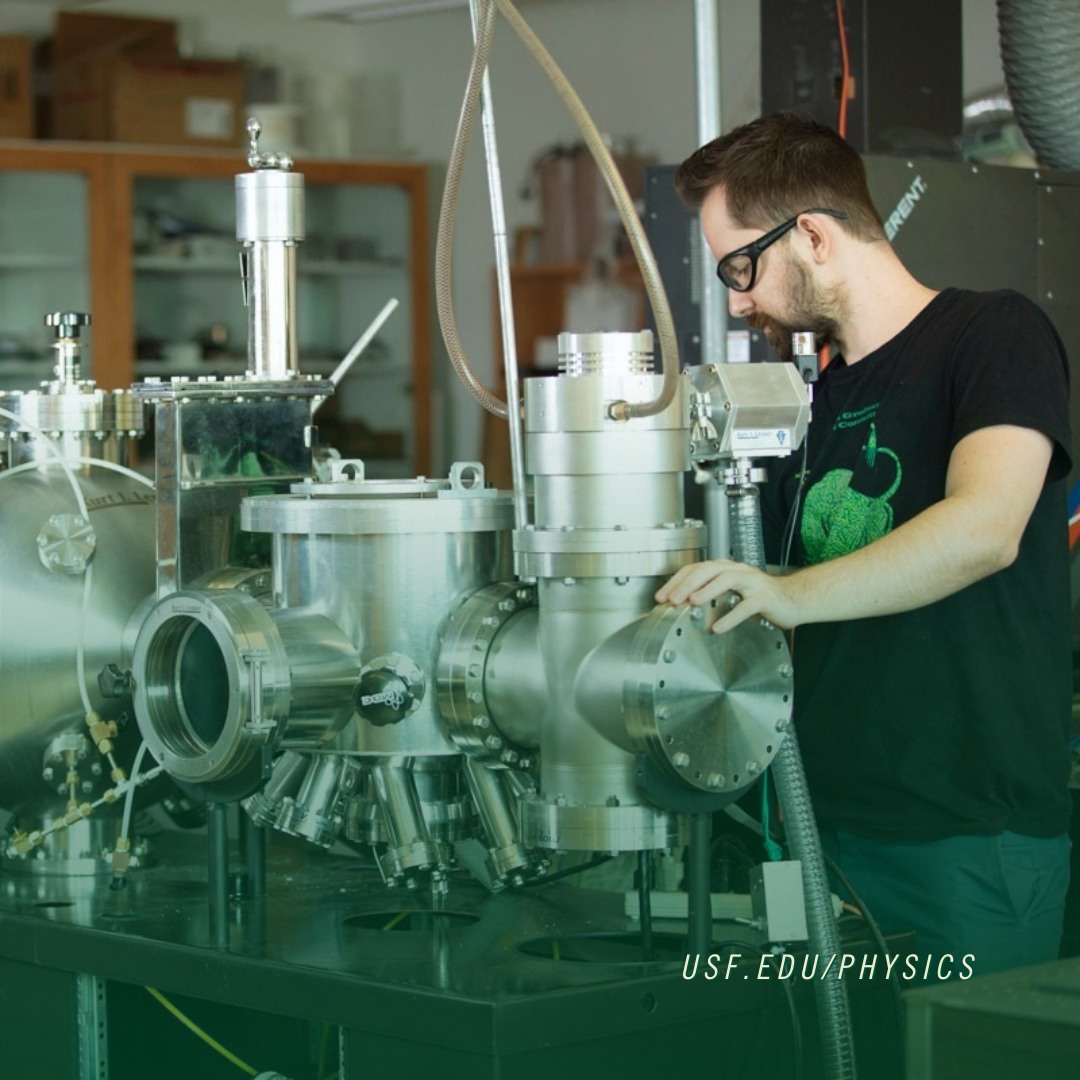Research Areas
Overview

The Department of Physics at the Univeristy of South Florida focuses on the following areas of research:
- Solid State & Materials Physics
- Atomic, Molecular, & Optical Physics and Quantum Information
- Biophysics
- Medical Physics (in conjunction with Moffitt Cancer Center)